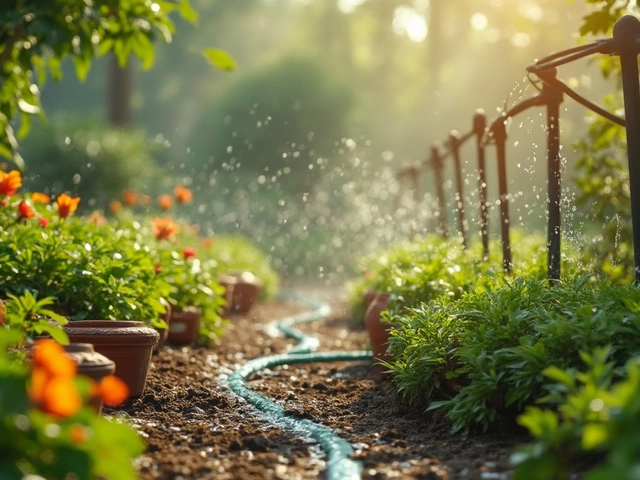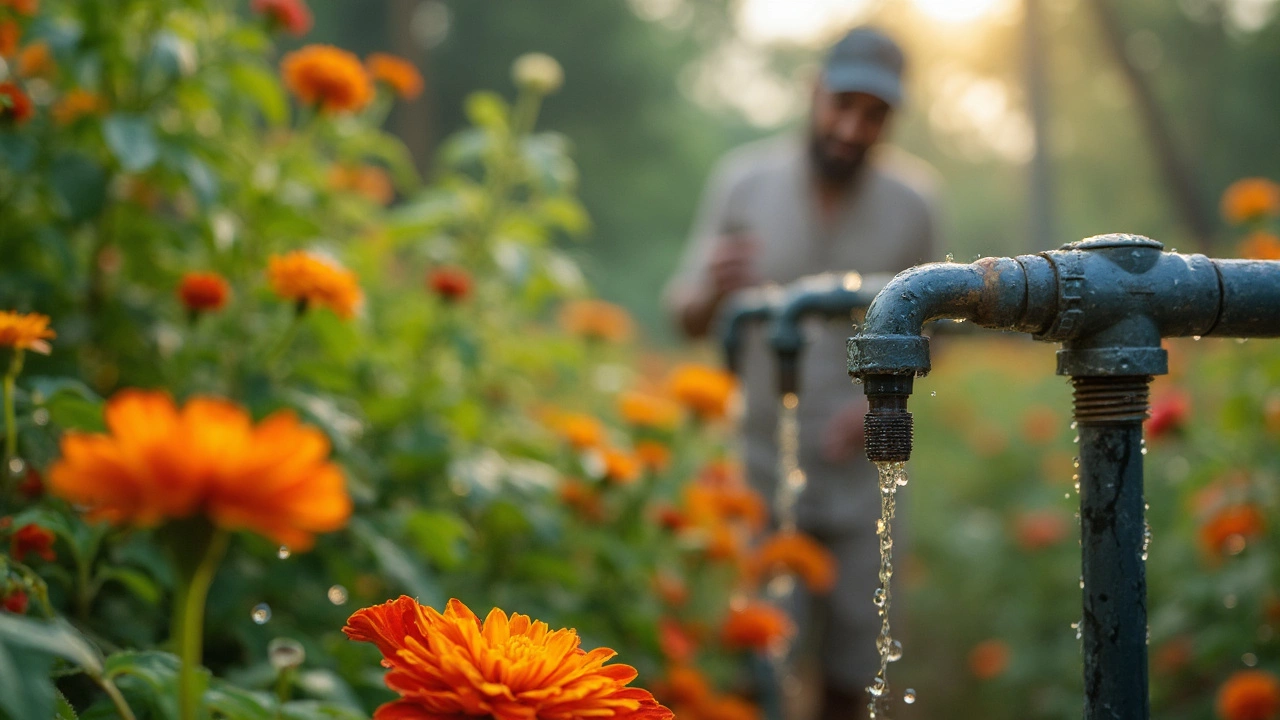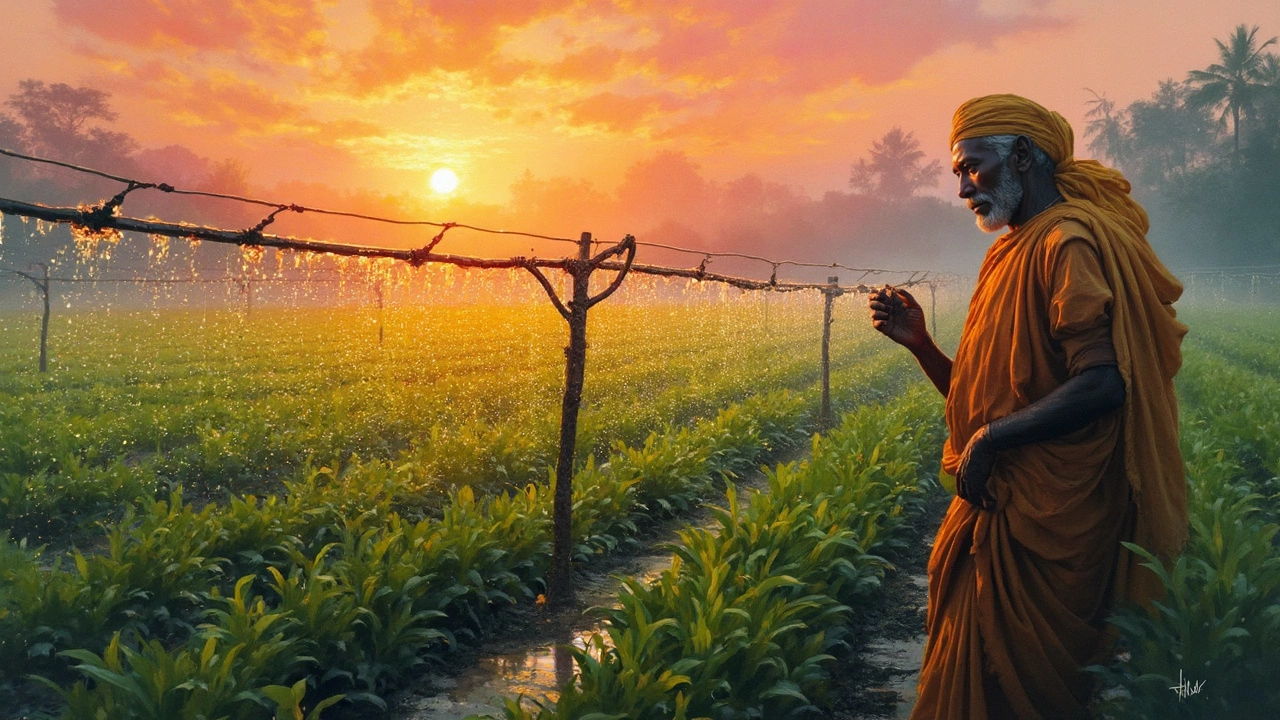Irrigation Tips for Indian Gardens: Save Water, Grow Healthy Plants
If you’re tired of water bills climbing and plants still looking thirsty, you’re in the right spot. Good irrigation isn’t about splashing water everywhere – it’s about delivering the right amount, at the right time, right where the roots need it. Below you’ll find straightforward tricks you can start using today, no fancy equipment required.
Choosing the Right Irrigation Method
First, pick a system that matches your garden size and climate. For small balconies or veggie patches, a simple drip tape works wonders – it lies flat on the soil and releases water slowly. If you have a larger plot, consider a drip line that you can bury a few inches deep; burying the line protects it from sun‑damage and reduces evaporation. When you bury drip lines, aim for a depth of 4‑6 cm in sandy soils and up to 10 cm in heavier soil – this lets water reach the root zone without spilling over.
Surface drip is easier to install, but subsurface drip saves even more water because the water never meets the air. The trade‑off is a bit of extra effort digging trenches. If you’re on a budget, start with surface drip and upgrade later.
Easy Ways to Save Water Every Day
Mulching is a cheap hero. Spread a 2‑3 cm layer of straw, wood chips, or dry leaves around plants. It cuts evaporation, keeps weeds down, and adds organic matter as it breaks down. Next, water early in the morning or late evening when temperatures are low – this reduces loss to heat and wind.
Don’t forget to check your water source. Let tap water sit for a few hours before using it on sensitive plants; this lets chlorine evaporate and prevents leaf burn. For drip systems, install a pressure regulator – too much pressure can cause leaks and waste water.
Finally, use a simple timer or a smart irrigation controller. Even a basic 2‑hour timer can cut your watering time by half. Set it for the exact duration your plants need – most garden vegetables thrive with 20‑30 minutes of deep watering twice a week, rather than daily shallow sprays.
Putting these tips into practice will lower your water bill, keep soil healthy, and help your garden flourish, whether you’re tending a rooftop terrace or a family farm. Start small, track results, and adjust – the best irrigation plan is the one that fits your space and routine perfectly.
How Many Drippers Can I Run on One Line? Drip Irrigation Limits Explained
Ever wondered how many drippers you can actually hook up to a single drip line before it all goes sideways? This guide breaks down the real limits with simple math, practical examples, and hands-on tips. Discover how flow rate, water pressure, and line length impact your setup. Learn the mistakes people make and how to dodge them, so your plants get the right amount of water every time. Set your system up the right way the first time, without the guesswork.
Flushing Your Drip Irrigation System: How Often Should You Do It?
Keeping your drip irrigation system in top shape means regular flushing. Understanding how often to flush depends on factors like water quality and the type of system you have. This guide walks you through the necessary steps and offers useful tips to ensure your drip irrigation operates efficiently, saving you water and time.
About
Drip Irrigation
Latest Posts
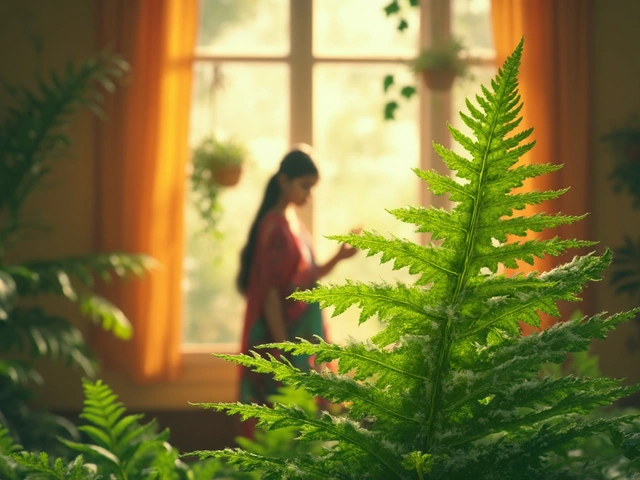
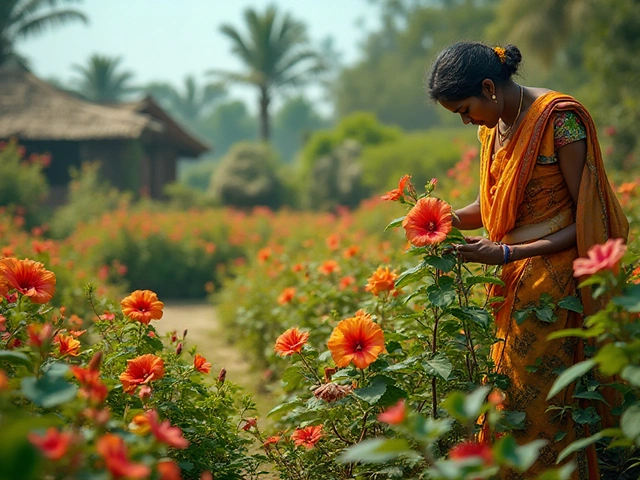
Year-Round Flowering Plants in India: A Gardener's Guide
By Alden Thorne Dec 30, 2024

Make Your Terrace Cozy: Easy Tips for a Warm Outdoor Oasis
By Alden Thorne Mar 26, 2025
